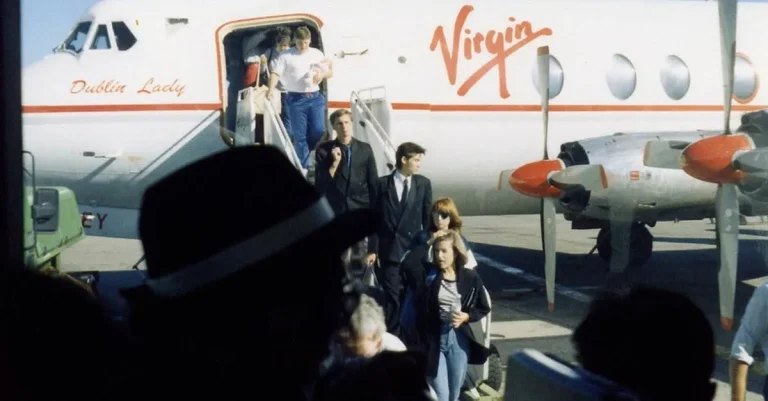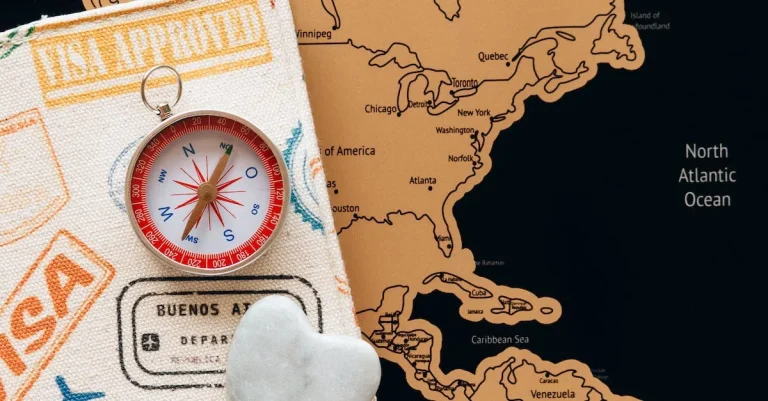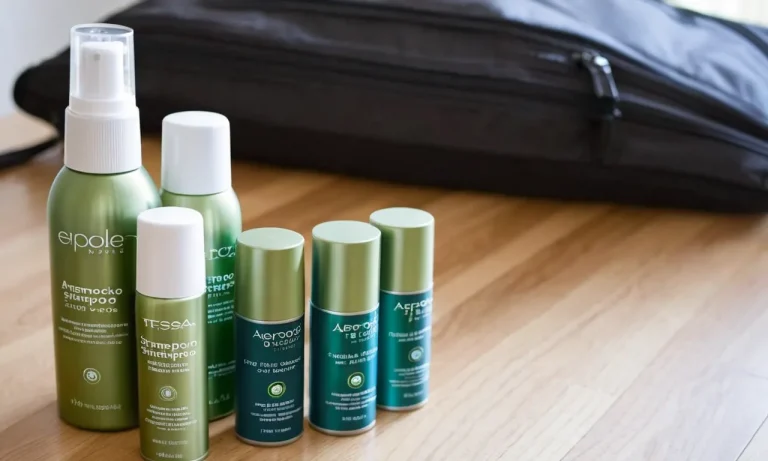Travelling to Italy with kids and wondering about car seat laws? You’ve come to the right place.
Car seats are required for children in Italy, but the specific regulations can be confusing for visitors.
This comprehensive guide will provide everything you need to know to comply with Italian car seat regulations and keep your children safe.
If you’re short on time, here’s a quick answer:
Car Seat Requirements by Age in Italy
Infants and Toddlers
When it comes to car seat laws in Italy, the safety of infants and toddlers is of utmost importance.
According to the regulations set by the Italian government, all children under the age of four must be secured in an appropriate car seat while traveling in a vehicle.
This means that parents and caregivers must ensure that their little ones are properly restrained in a rear-facing car seat, which is specifically designed to provide maximum protection for young children.
It is important to note that infant car seats should be installed in the back seat of the car, away from any active airbags, to avoid any potential harm to the child in case of an accident.
Preschoolers
As children grow older and transition into the preschool years, the car seat requirements in Italy change accordingly.
Children between the ages of four and twelve, or who have a height below 1.35 meters (approximately 4 feet 5 inches), must be secured in a booster seat.
A booster seat helps elevate the child, allowing the seat belt to fit properly across their body, providing optimal safety in case of a collision. It is important to ensure that the booster seat is properly installed and that the seat belt fits snugly across the child’s shoulder and hips.
Older Children
Once a child reaches the age of twelve or a height above 1.35 meters (approximately 4 feet 5 inches), they are no longer required to use a car seat or a booster seat in Italy.
However, it is strongly recommended that children continue to use a booster seat until they reach a height of 1.50 meters (approximately 4 feet 11 inches) or until the seat belt fits them properly without the need for additional support.
This is because using a booster seat can significantly reduce the risk of injury in the event of an accident.
It is essential for parents and caregivers to familiarize themselves with the specific car seat laws in Italy to ensure the safety of their children while traveling.
Violating these laws can result in fines and penalties, so it’s crucial to adhere to the regulations set by the authorities.
Car Seat Regulations for Taxis and Rental Cars
When it comes to traveling with children in taxis or rental cars in Italy, it is important to understand the car seat regulations to ensure the safety of your little ones.
While the rules for private vehicles are well-established, the regulations for taxis and rental cars may be slightly different.
Here’s everything you need to know:
Taxis
In Italy, taxis are exempt from the requirement of using child car seats.
However, it is still highly recommended to use a car seat whenever possible to ensure the safety of your child.
Most taxis in Italy do not provide car seats, so it is advisable to bring your own if you plan on using a taxi with your child.
Rental Cars
When renting a car in Italy, the regulations for child car seats are similar to those for private vehicles.
Children under the age of four must be secured in an approved car seat appropriate for their weight and height.
Children between the ages of four and twelve, or those who are shorter than 150 cm (4’9”), must use a booster seat.
Failure to comply with these regulations may result in fines or penalties.
It is important to note that rental car companies in Italy may charge an additional fee for renting car seats.
Therefore, it is advisable to check with the rental company in advance and make the necessary arrangements to ensure the availability of a car seat for your child.
Remember, the safety of your child should always be a top priority, regardless of the legal requirements.
It is always better to err on the side of caution and provide your child with the necessary protection by using a car seat whenever possible.

Using a Car Seat from Home
When traveling to Italy with your child, it’s essential to understand the country’s car seat laws to ensure their safety.
If you are planning to bring your own car seat from home, there are a few things you need to know.
Check Compliance with Italian Standards
Before using your car seat in Italy, it’s crucial to make sure it complies with the country’s safety standards.
The label should be visible and intact.
If your car seat does not have this label, it is not compliant with Italian law, and you will need to rent or purchase a car seat in the country.
Ensure Correct Installation
Proper installation of the car seat is vital for your child’s safety.
Make sure you understand how to install your specific car seat correctly.
Follow the manufacturer’s instructions carefully and double-check that the seat is securely fastened.
If you are unsure about the installation process, consider consulting a professional or getting assistance from a certified car seat technician.
Consider the Age and Size of Your Child
Italy has specific regulations regarding the use of car seats based on the age and size of the child. It’s essential to understand these regulations to ensure compliance.
For example, infants and toddlers up to 4 years old or weighing less than 18 kilograms (approximately 40 pounds) must ride in a rear-facing car seat.
Children between 4 and 12 years old or under 150 centimeters (about 4 feet 9 inches) in height must use a booster seat. Familiarize yourself with these guidelines to ensure your child’s safety and avoid any legal issues.
Consider Renting a Car Seat
If you find it inconvenient to bring your own car seat from home, you can consider renting one in Italy. Many car rental companies offer the option to rent a car seat along with your vehicle.
This can be a convenient solution, especially if you are traveling with limited luggage space or prefer not to carry your car seat around during your trip.
Remember, the safety of your child should always be a top priority.
Whether you choose to bring your own car seat or rent one in Italy, make sure it complies with the country’s laws and is installed correctly.
By following the regulations and taking necessary precautions, you can ensure a safe and enjoyable trip for the whole family.
Fines for Non-Compliance
Italy has strict car seat laws in place to ensure the safety of children while traveling.
Failure to comply with these laws can result in fines and penalties. It is important for parents and caregivers to understand the consequences of non-compliance to avoid any legal issues.
Fine Amounts
The fines for not using the appropriate car seat or not using one at all can vary depending on the specific circumstances.
Increased Penalties
In some cases, the fines for non-compliance can be even higher. For example, if a child under the age of 12 is not properly secured in a car seat, the fine can be increased by 50%.
Repeat offenders may also face higher fines and additional penalties.
Enforcement
The car seat laws in Italy are strictly enforced by law enforcement officers.
They have the authority to stop vehicles and check for compliance with the car seat laws.
If a violation is detected, the driver can be issued a fine on the spot.
Importance of Compliance
Ensuring that children are properly secured in car seats is crucial for their safety.
Car accidents can cause severe injuries or even fatalities, and using the appropriate car seat greatly reduces the risk of harm.
It is important for parents and caregivers to understand the importance of complying with the car seat laws and to prioritize the safety of their children.
Conclusion
Travelling with children in Italy can be a wonderful experience. By understanding and following the car seat regulations, you can ensure your kids’ safety and avoid fines.
Refer to this guide when renting a car or taking a taxi to make sure you have the right car seat for your child’s age and size.
With the proper car seat, you’ll be ready to explore Italy by car with the whole family!






